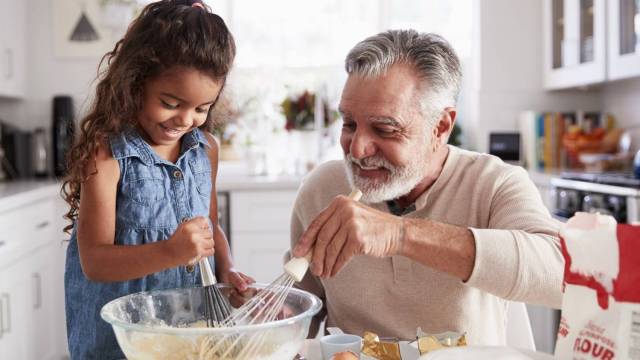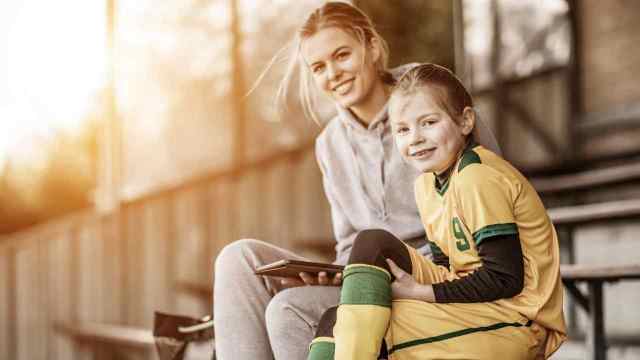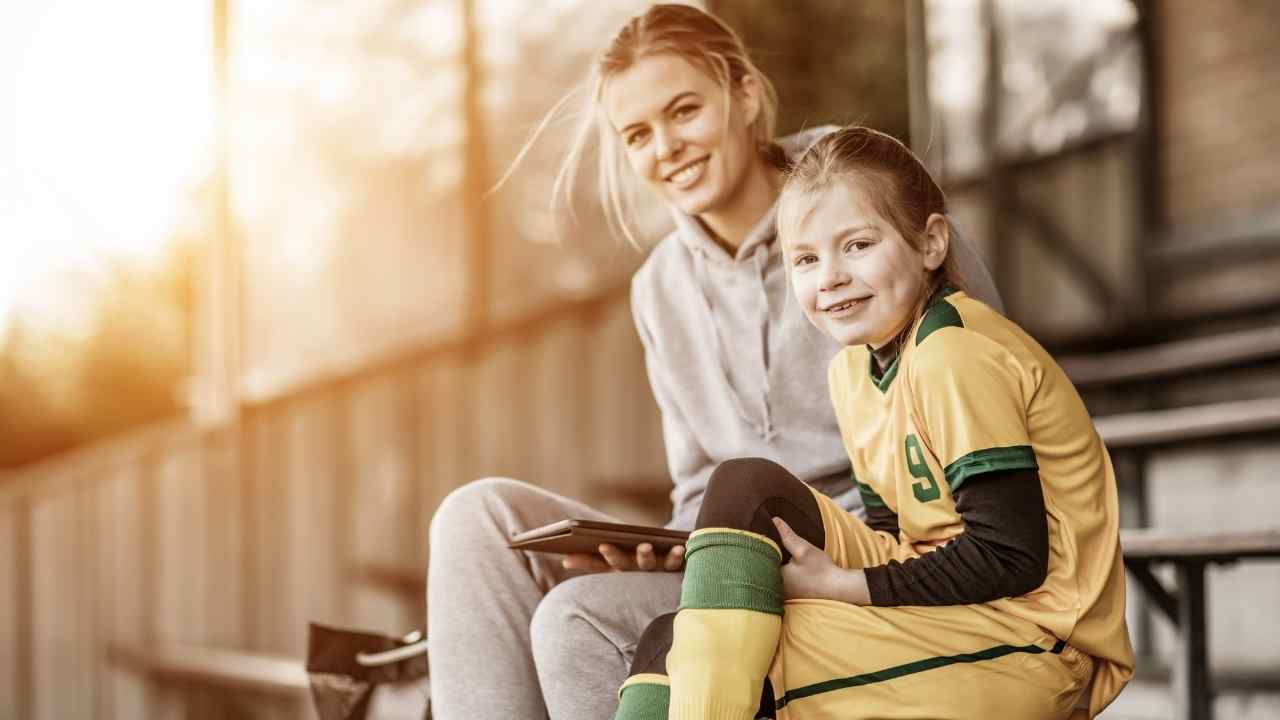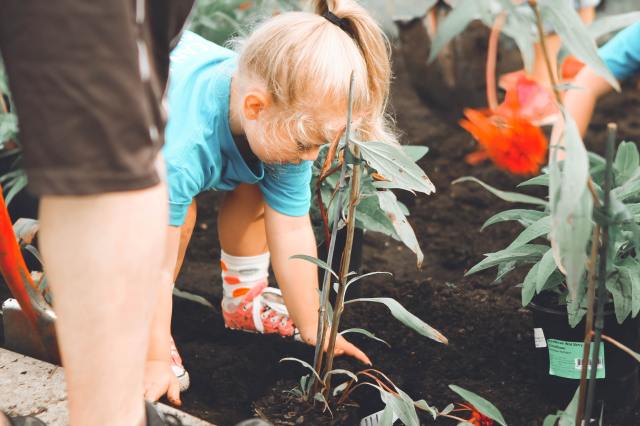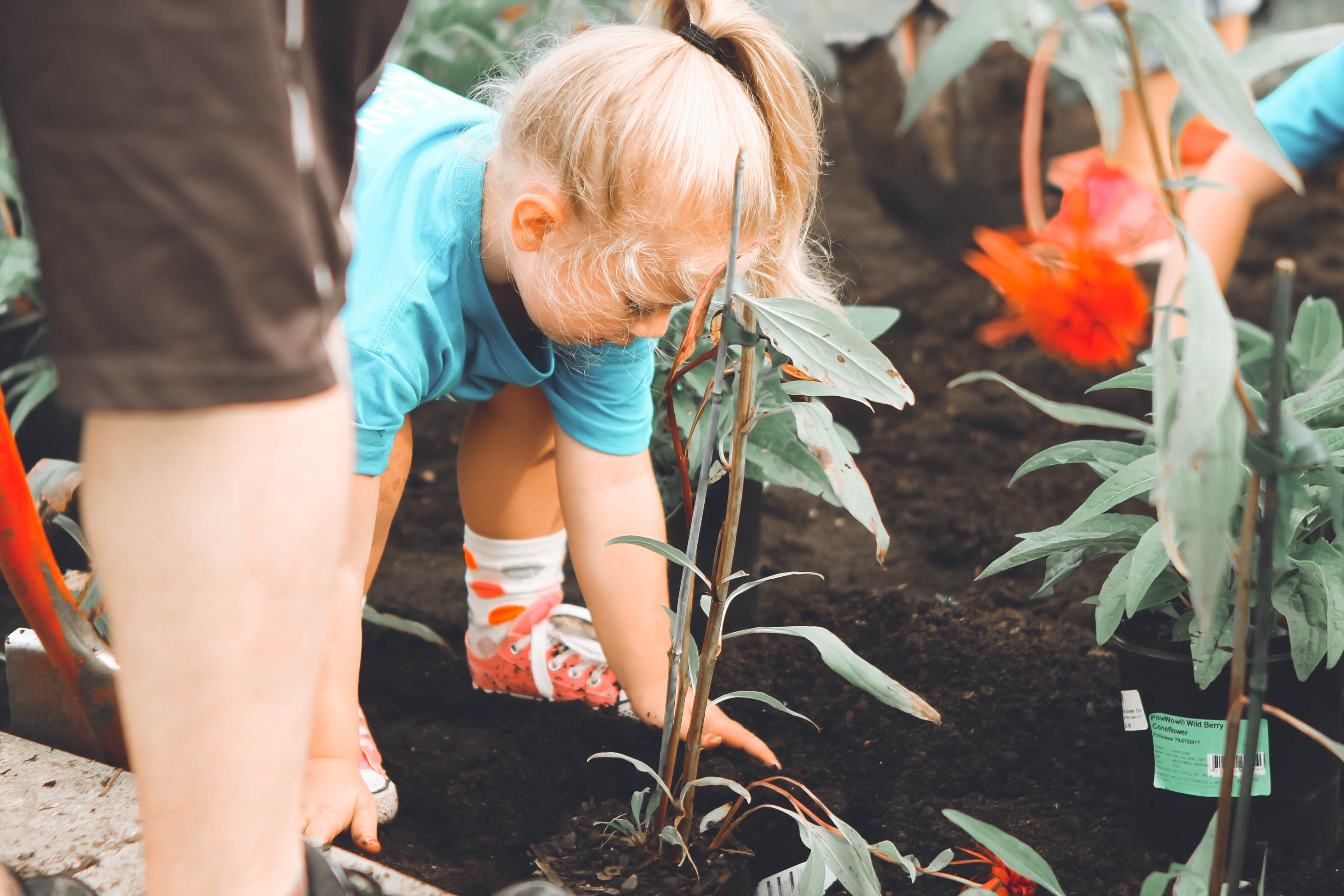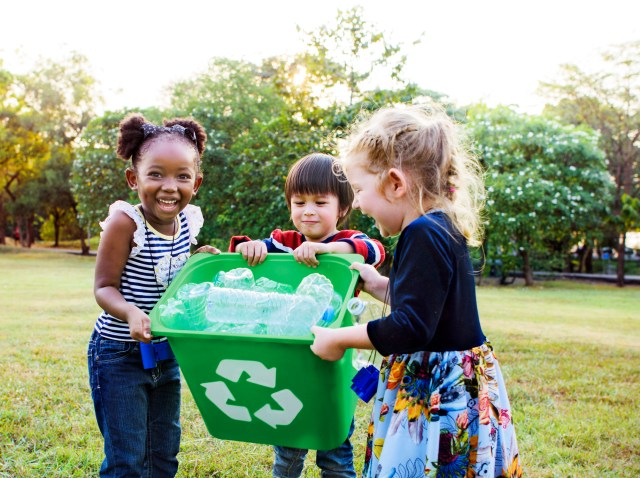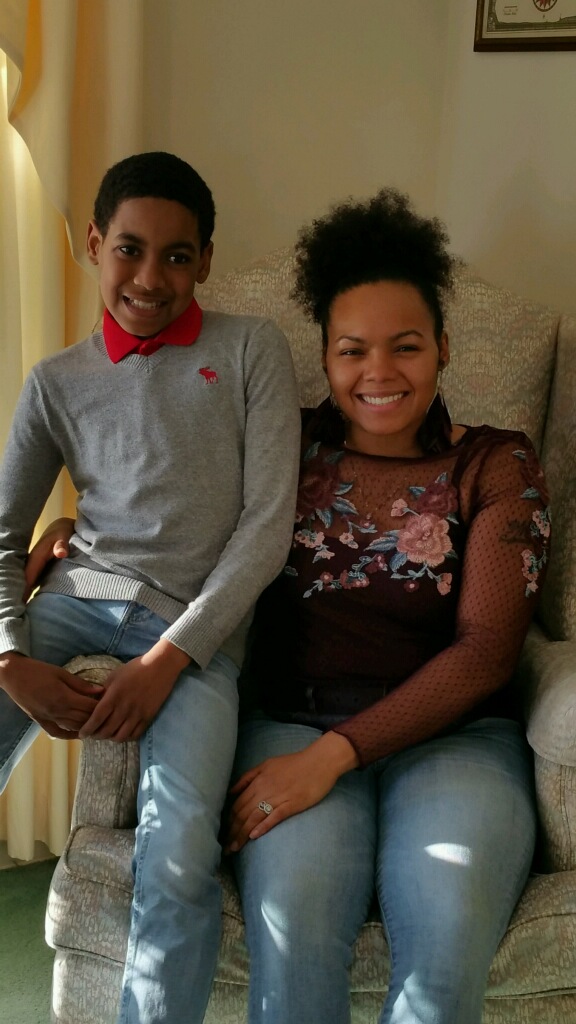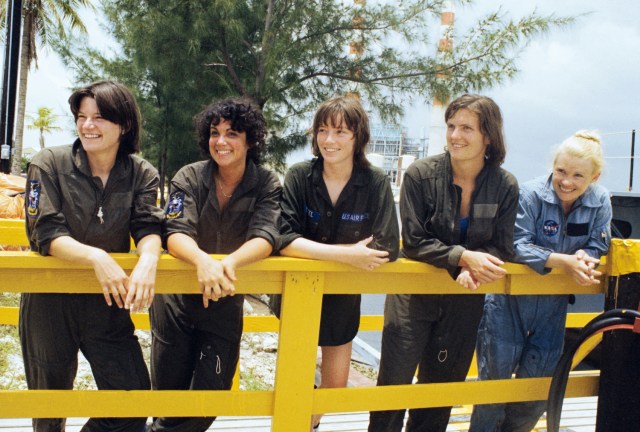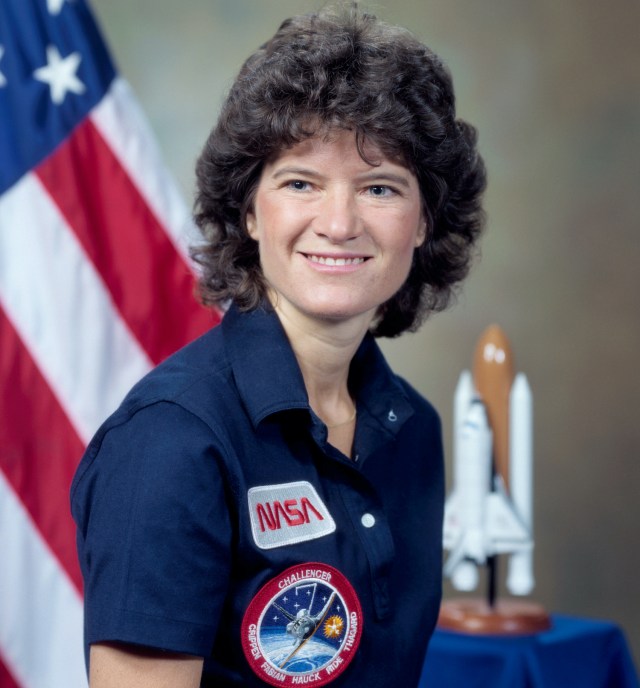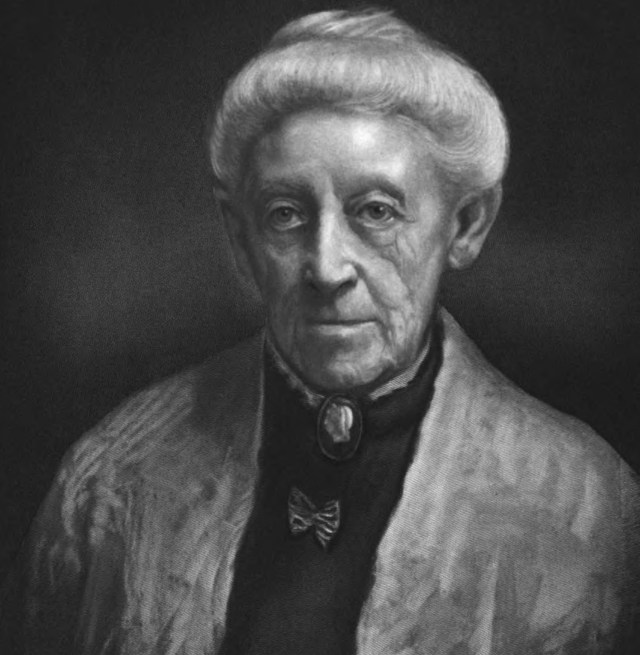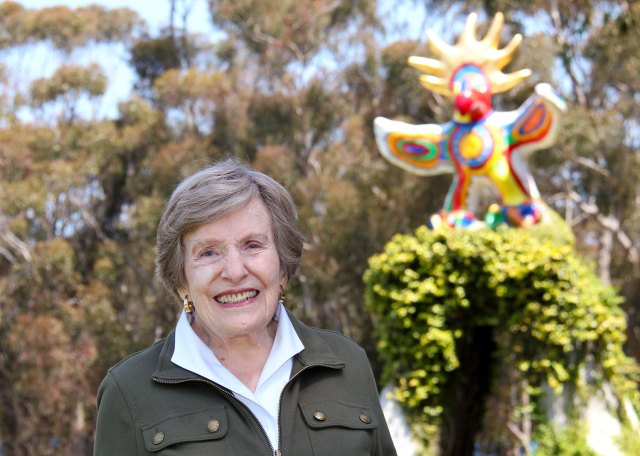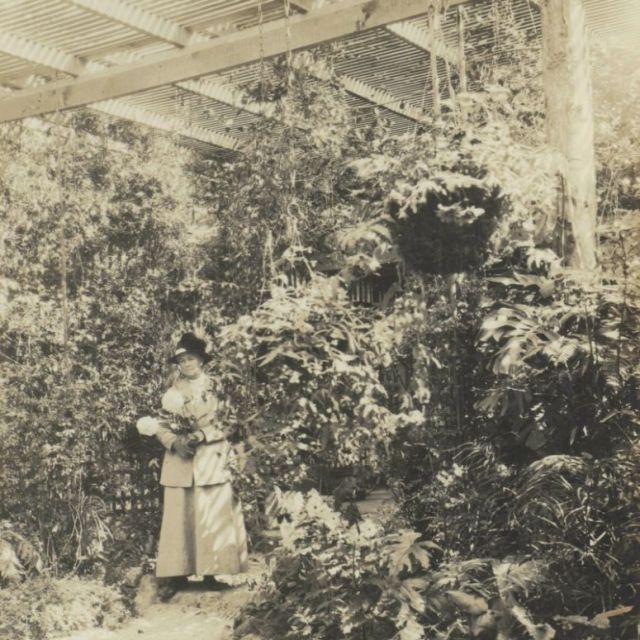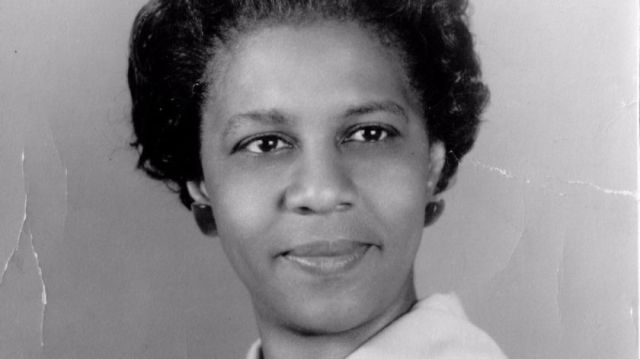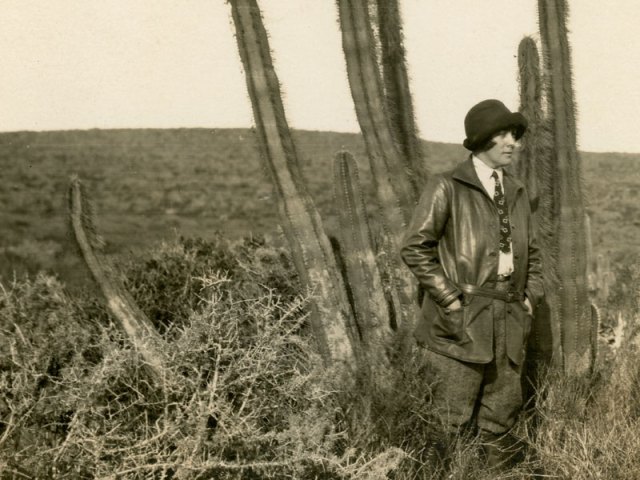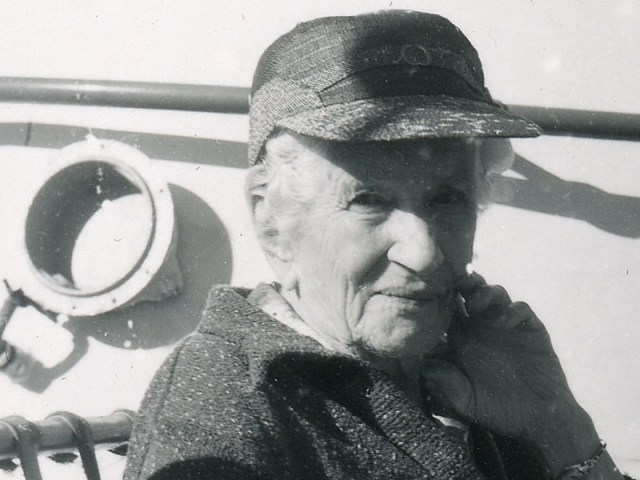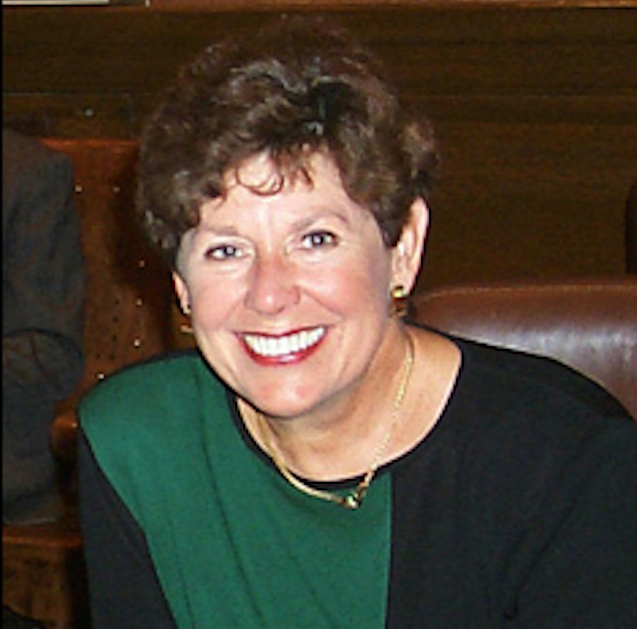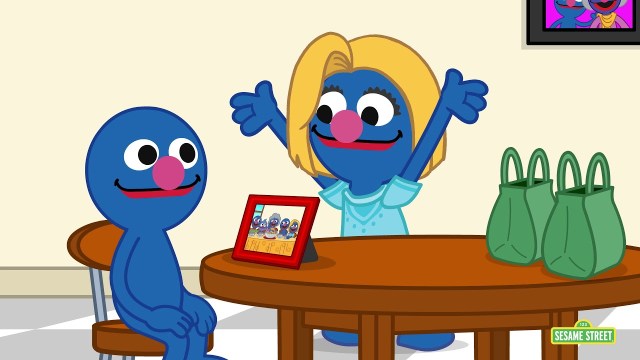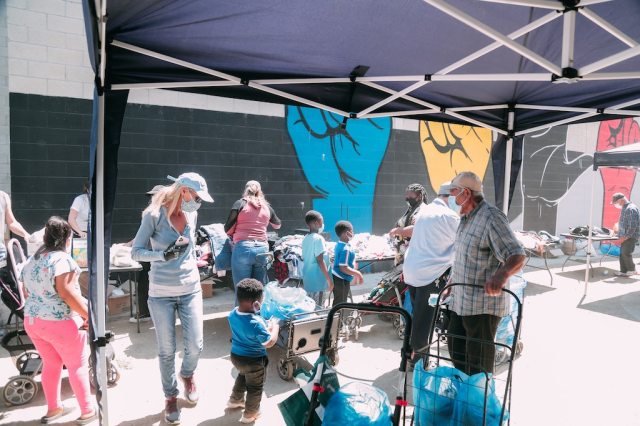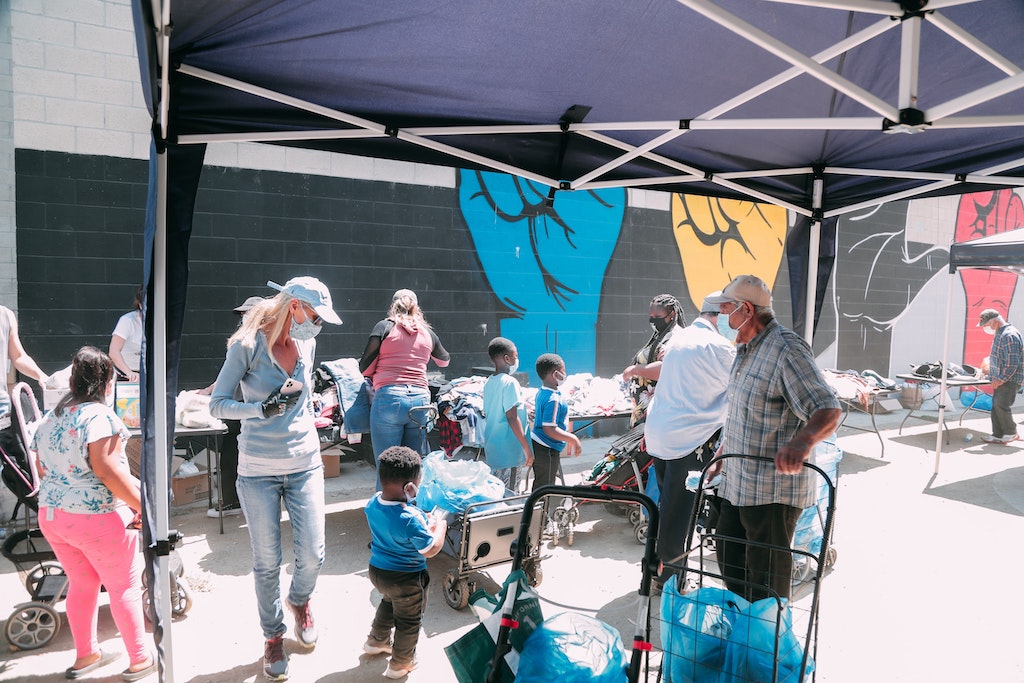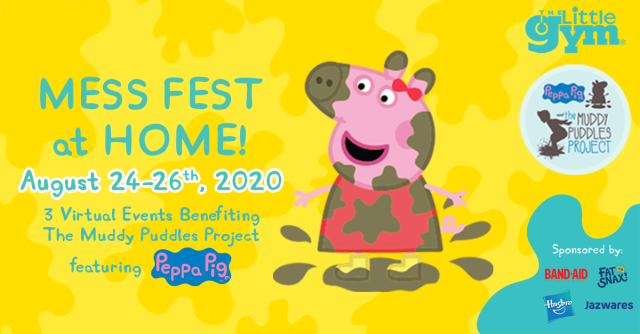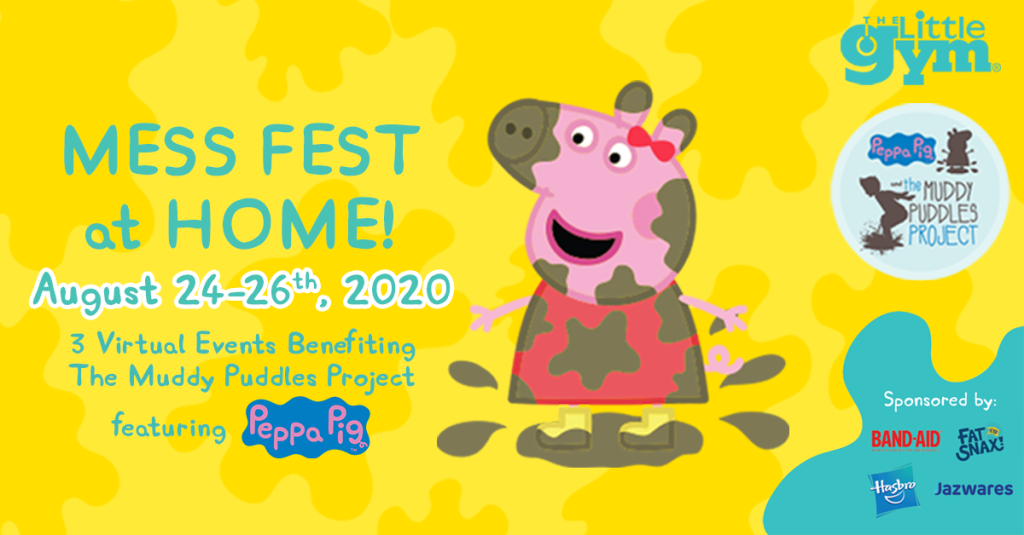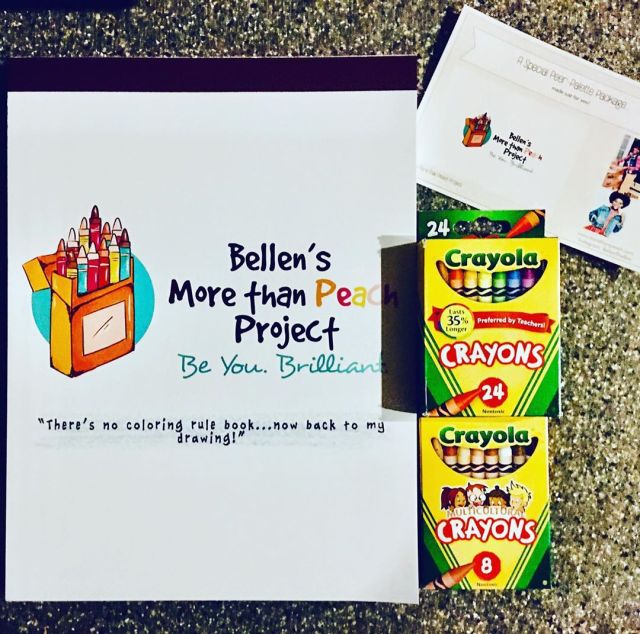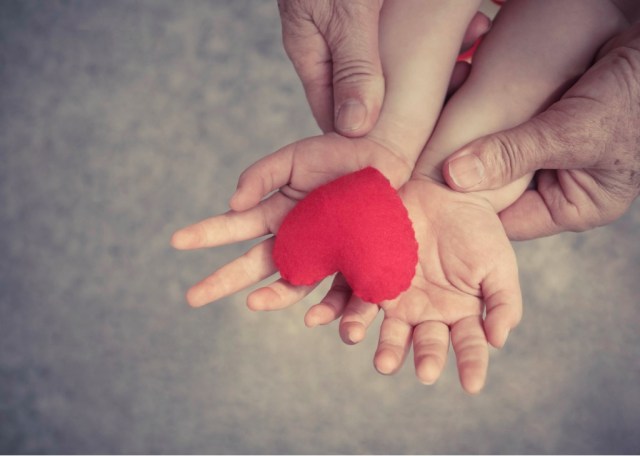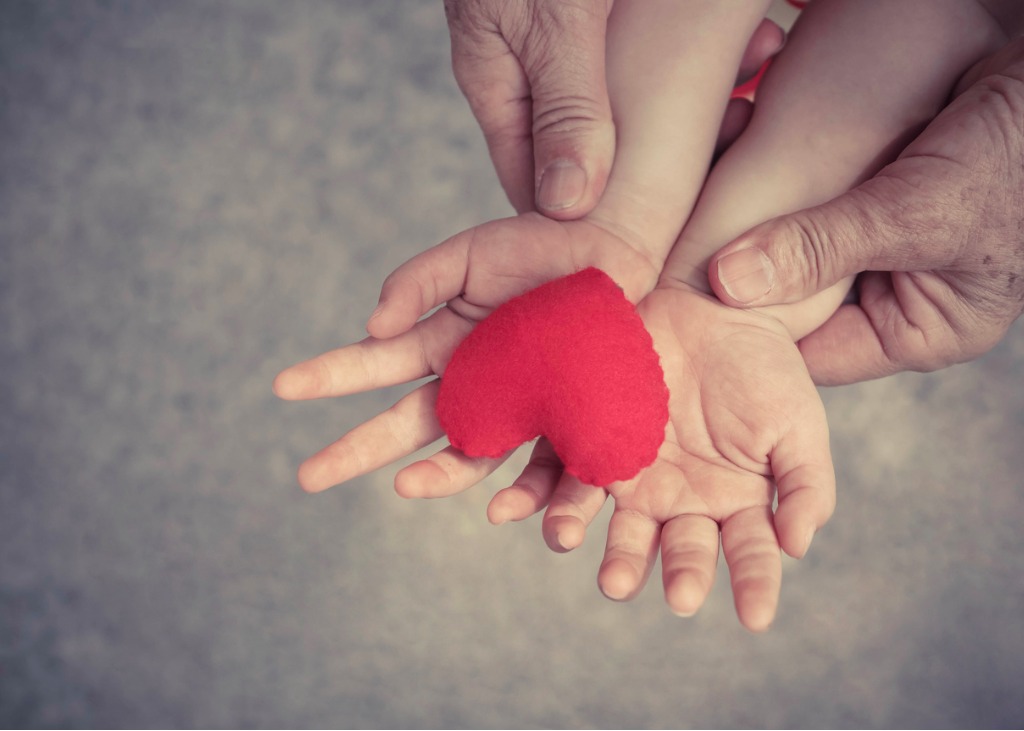Get ready to feel all the feel-good feels—volunteer opportunities are all over LA—the hardest part will be picking which organization you’d like to help out first
There are a ton of good reasons to volunteer with your kids—it helps provide a sense of purpose, a sense of community, helps you meet new friends and improves self-esteem to name a few. And thankfully, there are tons of organizations around LA that welcome little kids into their organization that appreciate all those extra (little) hands. So whether your little one is more into saving our oceans and cleaning up the beach or you have a talented artist who can make get-well cards for Children’s Hospital, there are plenty of ways to put those good intentions to work.
Volunteer Activities for Nature Lovers
Heal the Bay: Kids of all ages are welcome to Heal the Bay’s monthly Nothin’ But Sand Beach Cleanups. BYOB (bring your own buckets), snag some gardening gloves and get ready to have some serious family fulfillment oceanside. Be sure to register ahead of time as events tend to fill up fast!
Surfrider Foundation: The Los Angeles chapter of this national nonprofit hosts regular beach cleanups as well. Keep an eye out on their event calendar for upcoming opportunities.
TreePeople: Have a kid that doesn’t mind getting dirty? Nearly every weekend, this LA organization hosts local, mountain and forest restoration events open to all ages—check the volunteer event calendar for upcoming dates. Registration is required.
Volunteer Activities for Active Kids
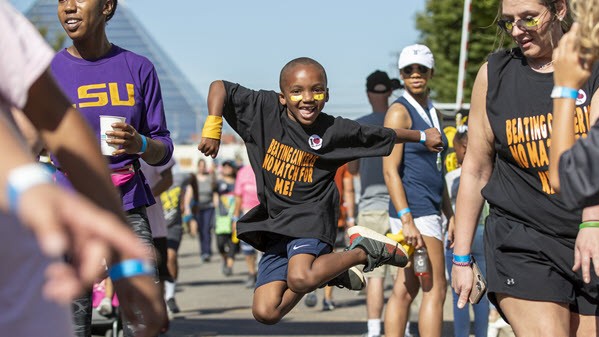
photo: St. Jude Children’s Research Hospital
St. Jude Walk/Run: Channel your kid’s energetic drive with a walk / run that helps raise money to cure childhood cancer. This nationwide 5K hybrid event, takes place in person and virtually so if you can’t make it to Griffith Park on Sept. 24, you can still participate.
Volunteer Activities for Kids Ready to Collect & Donate
Westside Food Bank: For food drives and donations check out Westside Food Bank. If you want to help seniors and the immunocompromised during COVID-19, visit alltogether.la for volunteer opportunities.
Baby2Baby: Teaching your children a lesson in philanthropy could be as simple as an overdue closet clean out! Get the kiddos to thin out those toy-stuffed cabinets or have little ones fill bags with brand new clothing that was barely worn. Baby2Baby also hosts outdoor volunteer opportunities during which participants can sort and organize donations or help assemble gift bundle bags for low-income kids and families in Los Angeles.
Related: Volunteer Vacations to Take with Kids
Volunteer Activities for the Pet-Obsessed
PAWS/LA: Have a kid desperate for a dog? Get them involved with this nonprofit organization, which helps low-income and ailing pet owners take care of their beloved animals. Insurance liability limits volunteer ages at shelters and kennels to those 18 and up, but kids (with grownups in tow) can assist by organizing and delivering needed supplies and food to homebound clients, fostering an animal for a short time, or even walking the dogs of people who are too sick to do so themselves. Find out more about the ways your little pet enthusiasts can help by contacting volunteer coordinator to set up an orientation.
Annenberg PetSpace: Help your young reader build communication skills and self-confidence by reading with adoptable pets or listening to a story. This in-space experience (weekly on Sat. and Sun.) includes a book reading, opportunity to meet an adoptable pet or critter ambassador, and craft demonstration with materials to take home and complete.
Volunteer Activities for Creative Kiddos
Best Buddies: Have a kid with a knack for writing? This group pairs children age 10 and up with intellectually and developmentally disabled counterparts (sharing like-minded interests). The goal? To create online pen pals in the attempts to decrease feelings of isolation. The long-distance friendships grow through weekly, private (anonymized) email communications, bridging differences and building understanding.
Related: 5 Easy Ways to Volunteer as a Family
Volunteer Activities for Future Entrepreneurs
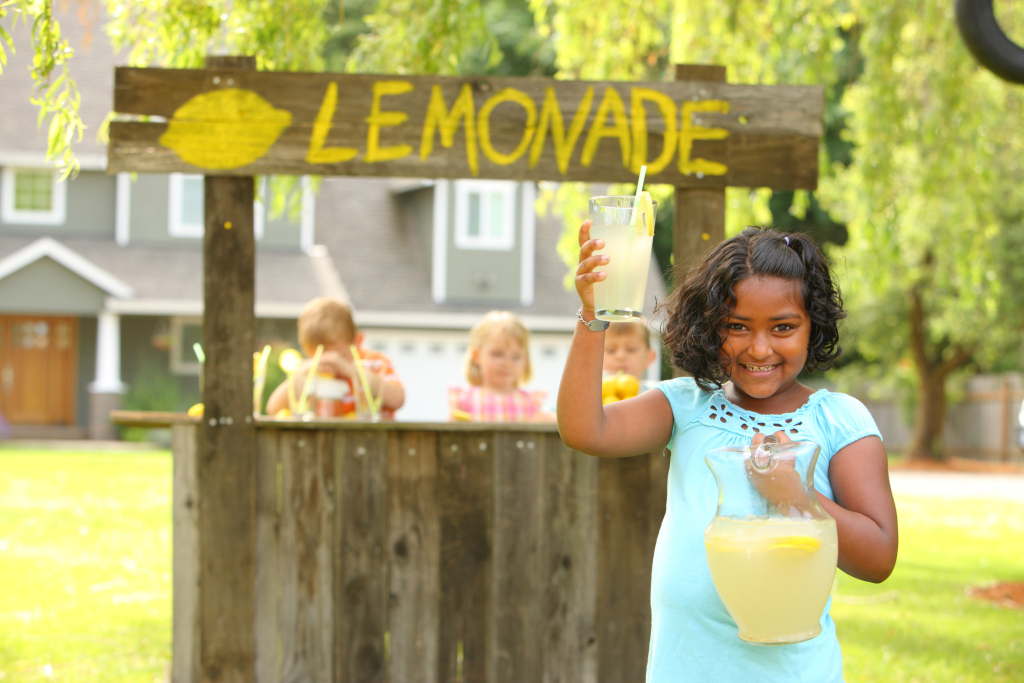
photo: iStock
Big Sunday Lemonade Stand: Kids can set up a lemonade stand for a good cause with help from Big Sunday. The organization offers downloadable signs and suggestions for how to make your stand a success. The money kids make will go to the Big Sunday Emergency Fund, which has helped displaced vets, families and more.
Volunteer Activities for Little Bookworms
Access Books: This group focuses on the redistribution of books, benefiting inner-city classrooms and school libraries. Little ones can go through their own shelves and select the gently used books they’ve outgrown to donate to others. Kids can also volunteer to help spruce up library spaces, as well as to organize book donations, librarian-style.
Related: 12 Ways Kids Can Give Back without Leaving the House
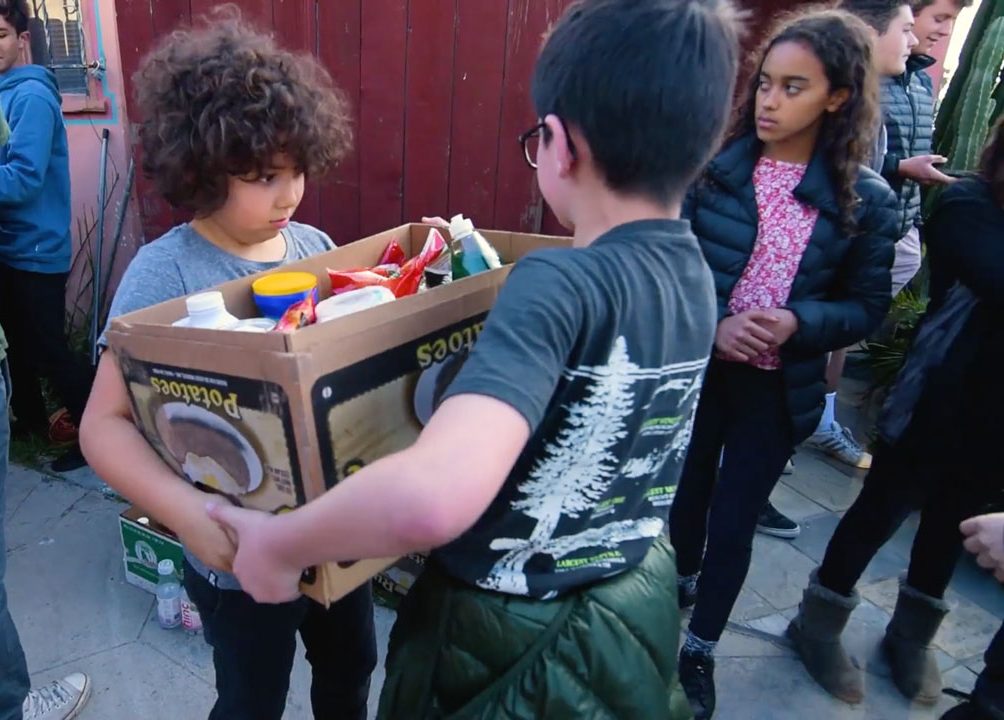
photo: One on One Outreach
Volunteer Activities for Social Butterflies
One-On-One Outreach: Have a kid who likes meeting new people? Once a month, volunteers (age 7 & up) gather to pack and deliver groceries to low-income families in South Central LA. Organized by a local businessman and an area resident, One-on-One Outreach also provides laptops to families so students can compete and succeed. Prepare for your kids to be inspired.
